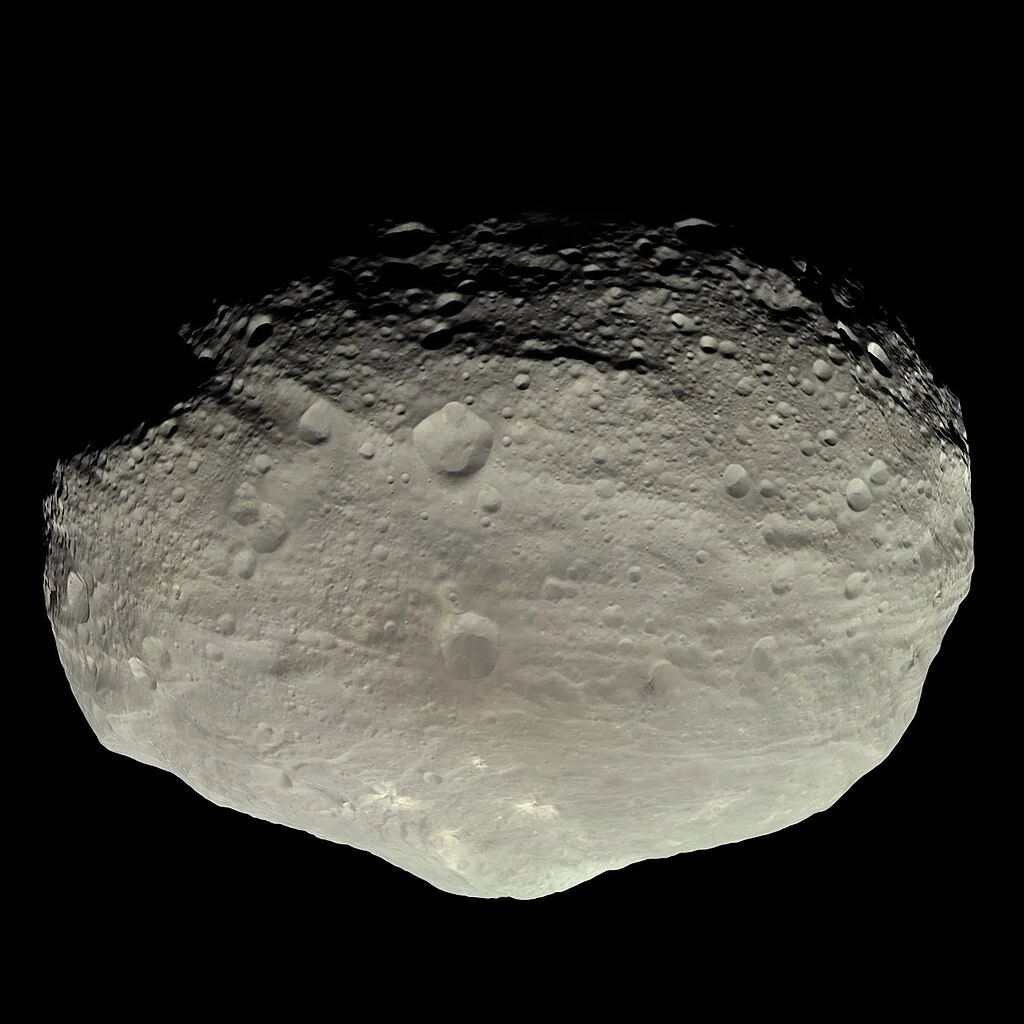
Vesta: Not an Asteroid, Not a Planet, But a Piece of a Lost World?
The rocky world of Vesta, residing in the asteroid belt, has long puzzled astronomers. Is it an asteroid? A protoplanet? A new study published in Nature Astronomy on April 23, 2025, is turning conventional wisdom on its head, suggesting Vesta may be neither. The findings, based on a re-analysis of data from NASA's Dawn mission, could rewrite our understanding of planetary formation and the early solar system.
For years, Vesta was considered a differentiated protoplanet with a core, mantle, and crust, similar to Earth. This categorization stemmed from the presence of volcanic basaltic rocks on its surface, hinting at a hot, molten past where heavier elements sank to the center, forming a core. However, the latest research indicates something far more intriguing: Vesta might not have a core at all.

According to Dr. Ryan Park of JPL, the lead author of the study, years of conflicting gravity data from Dawn's observations posed a significant challenge. "After nearly a decade of refining our calibration and processing techniques, we achieved remarkable alignment… Our findings show Vesta’s history is far more complex than previously believed." The absence of a core suggests two possible scenarios for Vesta's formation:
- It never fully completed the differentiation process.
- It’s a fragment of a larger, shattered planet from the early solar system.
While the incomplete differentiation hypothesis seems plausible, meteorites believed to have originated from Vesta show little evidence of this. As Seth Jacobson of Michigan State University points out, "We're really confident these meteorites came from Vesta, and these don't show obvious evidence of incomplete differentiation." This leads researchers to favor the second scenario: that Vesta is a piece of a dismembered planet.
In the chaotic early days of the solar system, collisions were common. If a young planet experienced a massive impact, the resulting debris could include melted rocks without a core. Vesta, in this case, would represent a valuable relic offering insights into the building blocks of planets that failed to fully form.

This revelation could have broader implications. If Vesta is indeed a planetary fragment, other asteroids might share a similar origin, altering our understanding of the asteroid belt's composition and the processes that shaped our solar system. Future missions, such as NASA’s Psyche mission and the ESA’s Hera spacecraft, will perform similar gravity experiments, potentially confirming or refuting this hypothesis for other asteroids.
Is Vesta a failed protoplanet or a piece of something much grander? The answer remains elusive, but this new study has undoubtedly added a fascinating layer to the story of this enigmatic space rock. What do you think? Let us know your thoughts in the comments below!